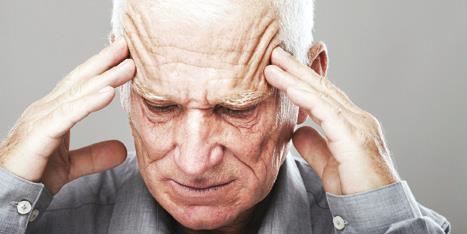Recovery from Stroke
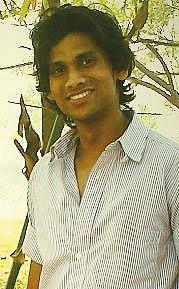
There is life after a stroke.You need to approach each day with fresh enthusiasm to significantly increase your ability to perform activities of daily life, as part of stroke rehabilitation.
By Shubham Singh
 Stroke affects everybody differently. Many stroke survivors continue to improve over a long time, sometimes over a number of years. Recovery from stroke involves making changes in the physical, social and, emotional aspects of your life. You will make changes to prevent additional strokes as well as to facilitate your life-long recovery.
Stroke affects everybody differently. Many stroke survivors continue to improve over a long time, sometimes over a number of years. Recovery from stroke involves making changes in the physical, social and, emotional aspects of your life. You will make changes to prevent additional strokes as well as to facilitate your life-long recovery.
It is normal to feel angry, anxious or even depressed after a stroke. You may feel worried about work, finances and relationships, and the tiredness caused by stroke can make things even worse.
Neuralplasticity in simple terms means the ability of the nervous system to modify its structural and functional organisation. The two most important forms of plasticity are collateral sprouting of new synaptic connections and the unmasking of neural pathways and synapses
Rehabilitation is all about getting back to normal life and living as independent a life as possible. It involves taking an active approach to ensure that your life goes on. This can mean learning new skills or relearning the old ones. It may involve adapting to new limitations and post-stroke conditions. Or it can mean finding new social, emotional, and practical support to live your best life post-stroke.The stroke rehabilitation literature suggests that the first three to six months are typically when most spontaneous functional motor recovery will occur. This first recovery mechanism is essentially a resolution of harmful local factors, which generally account for early spontaneous improvement post stroke. These processes include resolution of local edema, resorption of local toxins, improvement of local circulation, and recovery of partially damaged ischemic neurons.
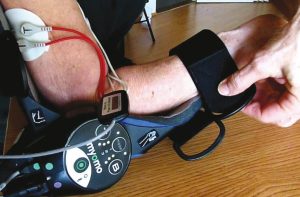 But even after this time, please don’t let anyone tell you ‘that’s it’; ‘that will be all’, because you then have the potential to restore significant function at whatever point from injury you happen to be, whether it is in months or even years. Because now you can take the advantage of the second major recovery mechanism: neuroplasticity, which can take place early or late.
But even after this time, please don’t let anyone tell you ‘that’s it’; ‘that will be all’, because you then have the potential to restore significant function at whatever point from injury you happen to be, whether it is in months or even years. Because now you can take the advantage of the second major recovery mechanism: neuroplasticity, which can take place early or late.
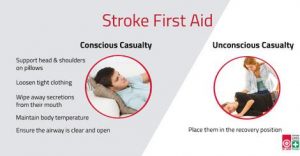 Neuralplasticity in simple terms means the ability of the nervous system to modify its structural and functional organisation. The two most important forms of plasticity are collateral sprouting of new synaptic connections and the unmasking of neural pathways and synapses that are not normally used, but that can be called upon when the dominant system fails.
Neuralplasticity in simple terms means the ability of the nervous system to modify its structural and functional organisation. The two most important forms of plasticity are collateral sprouting of new synaptic connections and the unmasking of neural pathways and synapses that are not normally used, but that can be called upon when the dominant system fails.
CIMT (constraint-induced movement therapy) is a magnificent example of intensive, ultra-focused repetitive work to drive plasticity. This simple but powerful ‘forced-use paradigm’ can be modified for use in your home rather than a clinical setting. So, my advice is that it is useful to wave goodbye to the naysayers. Forget about any 6 months or 1-year rule. In fact, time to forget ‘the rules’… and rather blindly following them without asking why they are there or who made them up. Recovery can continue over a long period of time if you have partial return of voluntary movement, especially in the upper limb. A systematic review of various studies confirms the most important predictive factor for upper limb recovery following stroke is the initial severity of motor impairment or function.
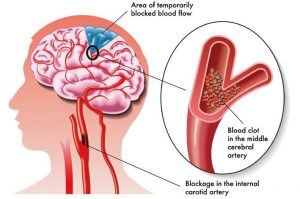 Furthermore, who says that you cannot be the exception to the ‘rule’? Potential is a difficult word. I personally have the potential to become an engineer or a scientist. I know probably won’t happen! But recovery potential? Don’t let anyone tell you that you aren’t going to make as good a recovery as possible. The reason is that there is ALWAYS something you can do to try to improve your lot. If all else fails, you’ll at least be keeping the ‘plastic template’ open and available for applications of current or future cutting-edge innovations. That’s why every repetition you do counts. More on this in a later post. For now, I can tell you for certain that time-rules and the ‘nay-sayers’ can be ignored. Importantly, you can significantly increase your ability to perform activities of daily life from any point in time after your injury.
Furthermore, who says that you cannot be the exception to the ‘rule’? Potential is a difficult word. I personally have the potential to become an engineer or a scientist. I know probably won’t happen! But recovery potential? Don’t let anyone tell you that you aren’t going to make as good a recovery as possible. The reason is that there is ALWAYS something you can do to try to improve your lot. If all else fails, you’ll at least be keeping the ‘plastic template’ open and available for applications of current or future cutting-edge innovations. That’s why every repetition you do counts. More on this in a later post. For now, I can tell you for certain that time-rules and the ‘nay-sayers’ can be ignored. Importantly, you can significantly increase your ability to perform activities of daily life from any point in time after your injury.
CIMT (constraint-induced movement therapy) is a magnificent example of intensive, ultra-focused repetitive work to drive plasticity. This simple but powerful ‘forceduse paradigm’ can be modified for use in your home rather than a clinical setting.
People often say that motivation doesn’t last. Well, neither does bathing – that’s why we recommend it daily… right??
Staying motivated on the daily basis can change your recovery process by banishing negative thinking. When you remind yourself every day that there is life after stroke, you’ll approach each day with fresh enthusiasm.
(The author is Physiotherapist, Institute of Human Behaviour and Allied Sciences, (IHBAS), Delhi)

